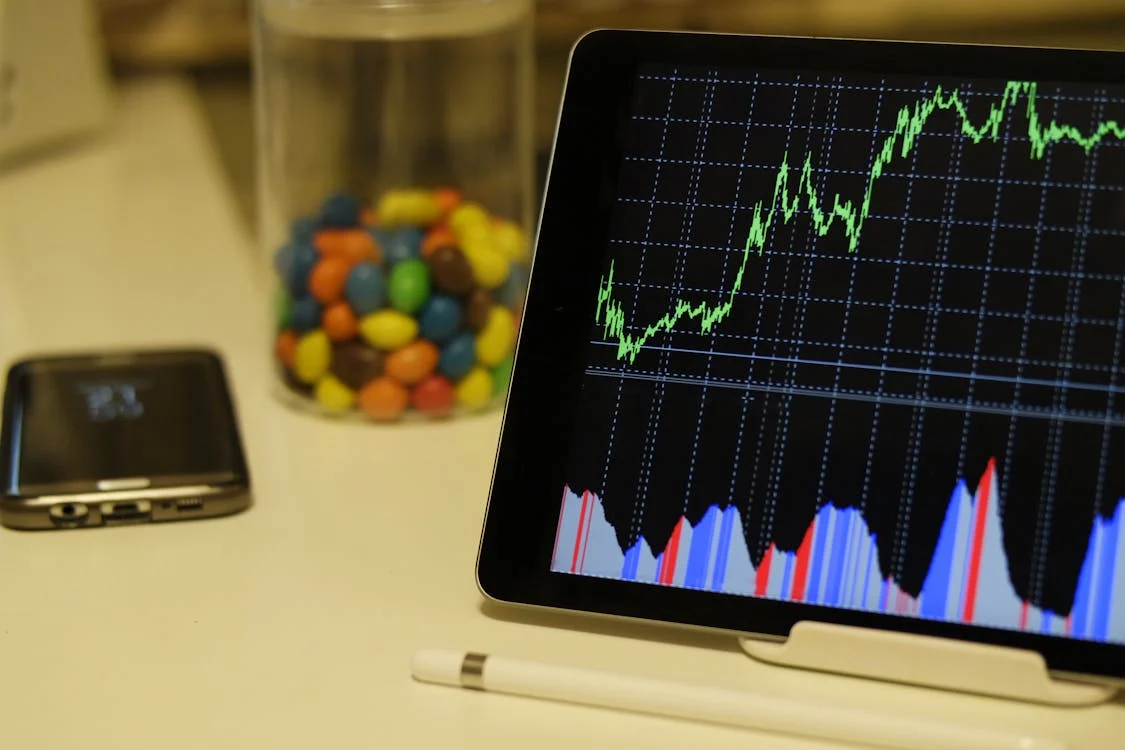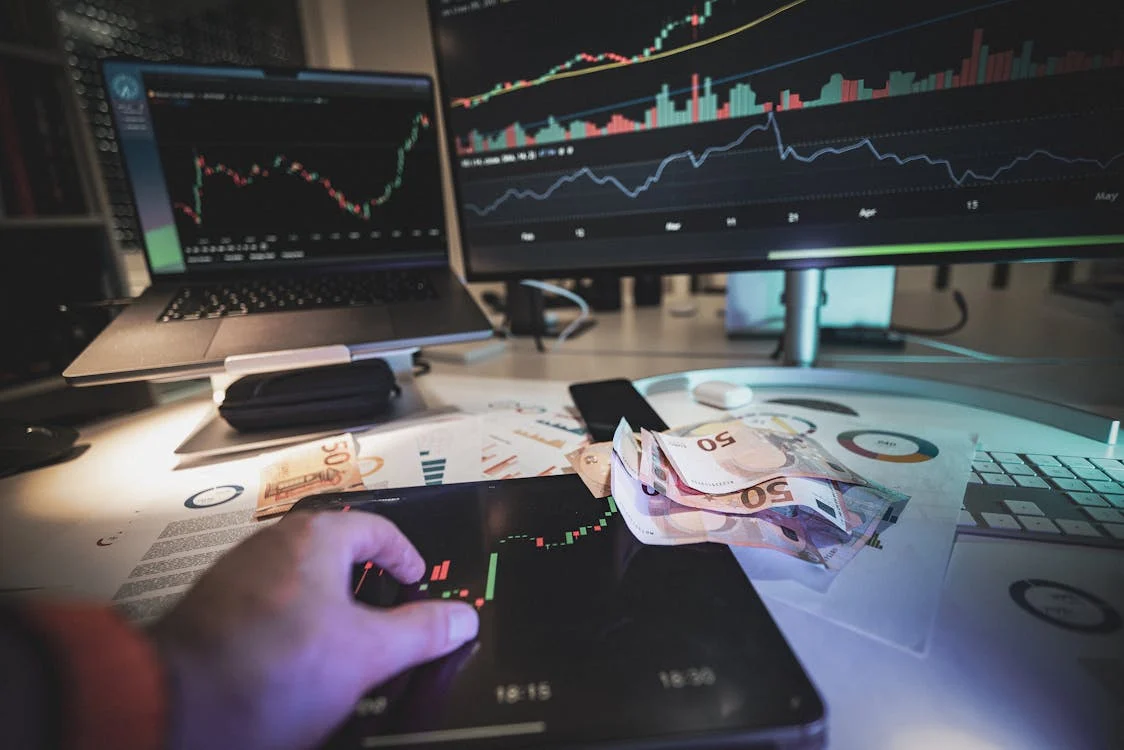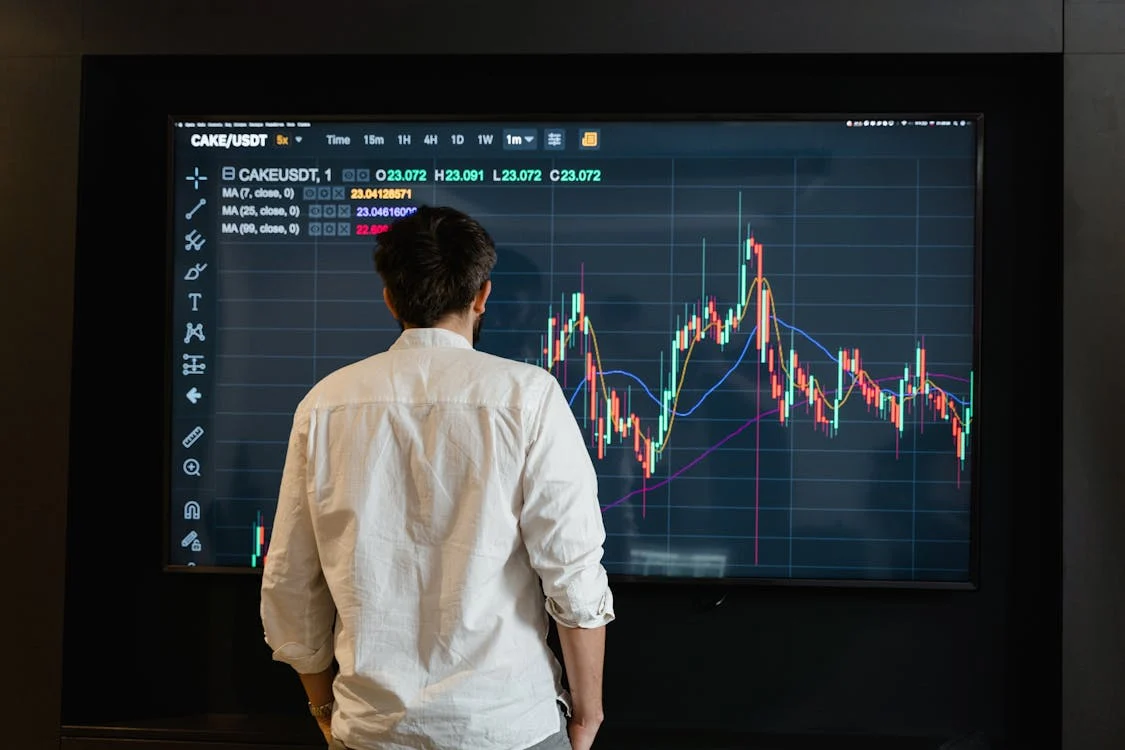Getting Started with Stock Trading: What Every Beginner Should Know
Trading stocks is one of the most popular ways to build wealth over time. Whether you’re interested in long-term investing or short-term trading, understanding the core principles of how the stock market works is the first step toward making informed decisions and reducing unnecessary risks.

1. What Is Stock Trading?
Stock trading involves buying and selling shares of publicly listed companies on stock exchanges like the New York Stock Exchange (NYSE), NASDAQ, or the London Stock Exchange (LSE). When you buy a stock, you’re purchasing a small piece of ownership in a company. The goal is typically to buy low and sell high—profiting from the increase in share price over time.
2. Types of Stock Traders
There are different trading styles depending on your goals and risk tolerance:
- Day traders: Open and close trades within the same day, focusing on small, frequent profits.
- Swing traders: Hold positions for days or weeks to benefit from short-term trends.
- Position traders: Hold stocks for weeks to months, often based on market cycles.
- Investors: Buy and hold shares for years, focusing on long-term growth and dividends.
3. Choosing a Brokerage Platform
To trade stocks, you’ll need to open an account with a brokerage firm. Look for platforms that offer:
- User-friendly interfaces (especially for beginners)
- Low or zero commissions on trades
- Strong research tools and educational content
- Mobile and desktop trading access
4. Understanding Stock Categories
Not all stocks are created equal. Common categories include:
- Blue-chip stocks: Large, stable companies like Apple, Microsoft, and Coca-Cola.
- Growth stocks: Companies expected to grow faster than average, such as tech startups.
- Dividend stocks: Pay regular income to shareholders, ideal for long-term investors.
- Penny stocks: Low-priced, high-risk shares often with limited liquidity.
5. How to Analyze a Stock
Before buying any stock, you should perform both fundamental and technical analysis:
- Fundamental analysis: Examines a company’s earnings, financial health, leadership, and industry outlook.
- Technical analysis: Focuses on price charts, patterns, volume, and indicators like RSI or moving averages to forecast price movement.
6. Economic Events That Influence Stock Prices
Stock markets are affected by broader economic conditions and news, such as:
- Interest rate decisions by central banks
- Inflation reports and GDP growth
- Corporate earnings announcements
- Geopolitical tensions or unexpected events
7. Risk Management Tips for Stock Traders
- Diversify your portfolio across different sectors and industries.
- Use stop-loss orders to automatically exit losing trades.
- Don’t invest money you can’t afford to lose.
- Keep emotions in check—avoid panic selling or buying into hype.
- Stick to a trading plan and review your results regularly.






